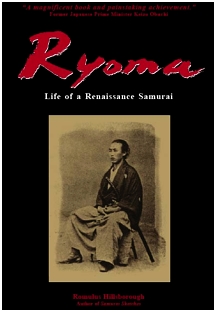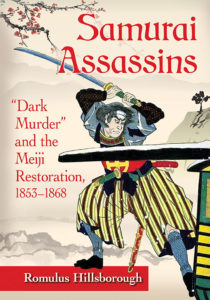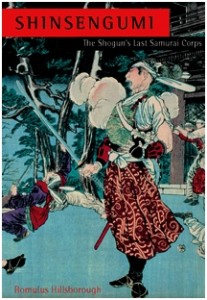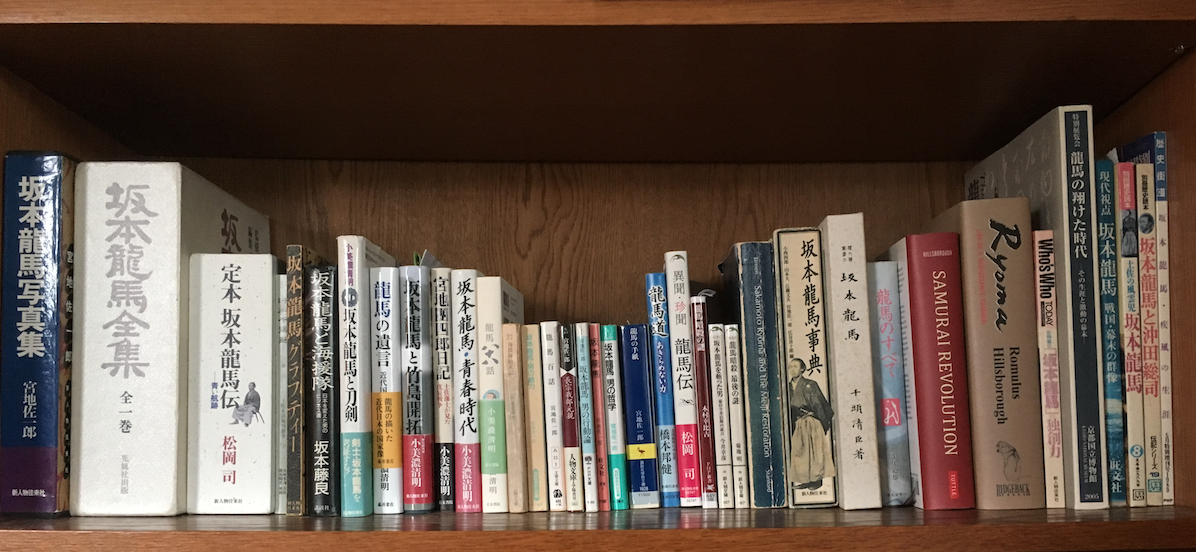
Monthly Archives: November 2017
The Shinsengumi Did Not Kill Ryōma

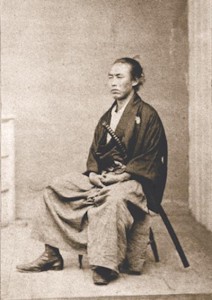
The 150th anniversary of the assassination of Sakamoto Ryōma is being widely observed this month. On Keiō 3/11/22 (1867), seven days after Ryōma’s assassination, officials of his native Tosa Han issued a formal indictment to the Bakufu accusing the Shingsengumi of the crime. “Four days later,” I wrote in Samurai Assassins, “the Bakufu questioned [Shinsengumi Commander] Kondō Isami. But it was a mere formality. Earlier in the year all Shinsengumi men had been given hatamoto status [hatamoto being vassals of the shōgun], and its commander had direct access to the shōgun. When Kondō testified that the Shinsengumi had nothing to do with the assassinations [including that of Ryōma’s cohort Nakaoka Shintarō], the matter was settled as far as the Bakufu was concerned.” And, in fact, the Shinsengumi had nothing to do with the incident.
A Writer’s Bookshelf (1): The Shinsengumi Edition
I’m often curious about other writers’ libraries.
Here are some of the books I’ve been using to write my next book about Shinsengumi – for anyone who might be interested.
Coming along slowly but surely….
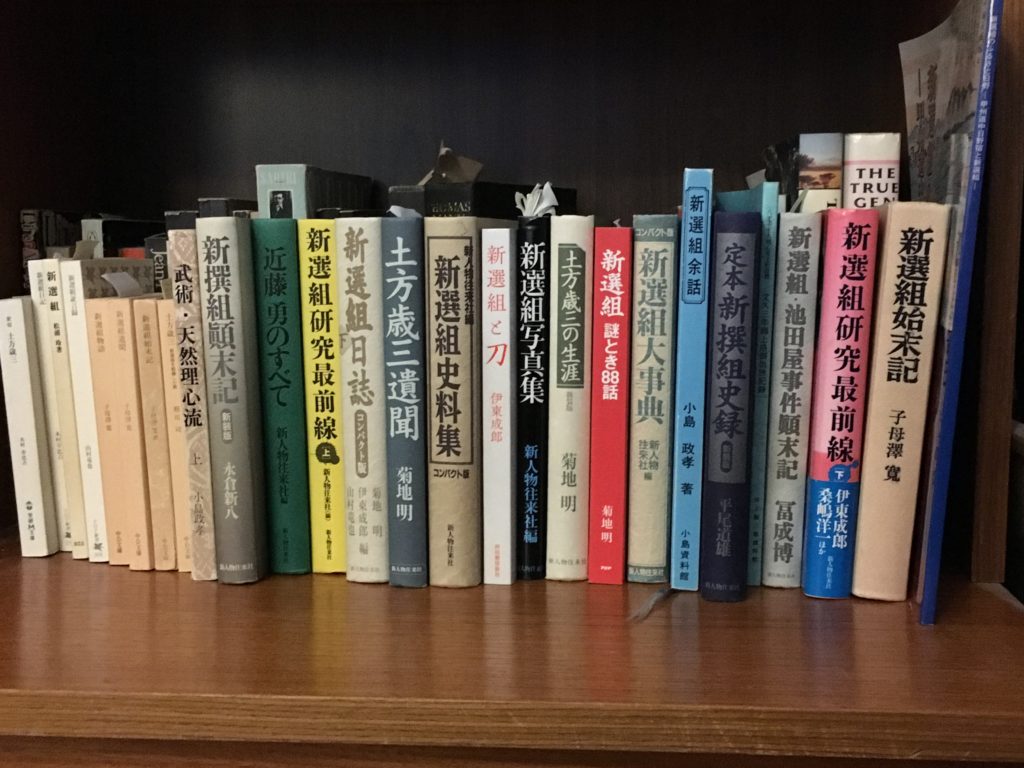
Kondō and Hijikata
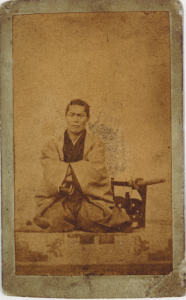
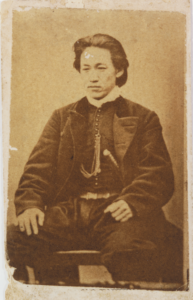
Kondō Isami (left) was chief instructor of the style of swordsmanship called Tennen Rishin-ryū, at the Shiekan in Edo. He also taught in his native Musashi province, just east of Edo. His student roster in the Tama district of Musashi exceeded three hundred, Shimozawa Kan noted in his classic Shinsengumi Shimatsuki, published in 1928. Among Kondō’s top students at the Shieikan was Hijikata Toshizō, also from Tama. The two were close friends before they established the Shinsengumi in Kyōto in Bunkyū 3 (1863). As co-leaders of the Shinsengumi, they complemented each other – though it is hard to say which of them was more ruthless in pursuing and killing their enemies.
[The photos of Kondō and Hijikata appear in my book, Shinsengumi: The Shogun’s Last Samurai Corps, courtesy of the descendants of Satō Hikogorō and Hino-shi-Furusato Hakubutsukan.]
Assassination of Ito Kashitaro
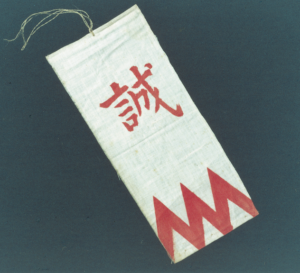
On the night of the 18th day of the Eleventh Month of the year on the old Japanese calendar corresponding to 1867 (Keio 3/11/18), several men of the Shinsengumi waited in the moonlight just beyond a point where the main street called Shichijo-dori crossed Aburakoji in the southwestern part of Kyoto. They had been sent by their commander, Kondo Isami, to assassinate Ito Kashitaro, a staff officer who, in cahoots with the enemy from Satsuma and Choshu, had “seceded” from the Shinsengumi, taking with him twelve other corpsmen. Following is an excerpt from my book, Shinsengumi: The Shogun’s Last Samurai Corps:
The attack came suddenly as Ito approached the crossroads. Ito was cut from his left ear to his chin by an assailant he did not even see. Blood spurted from his neck. A second assailant came. As the expert in the Hokushin Itto style staggered in vain to save himself, he saw several others, drawn swords in hand, approaching fast. Before they could reach him, Ito collapsed. He summoned a final burst of strength to scream his dying word – “Traitors!” The assassins dragged the body to the nearby crossroads. The name of the crossroads, Aburakoji-Shichijo, would become synonymous with the notorious assassination. So cold was the night air that soon after the assassins fled the scene, the blood on Ito’s clothes had frozen solid.
[The above photo of the original Miniature Shinsengumi Banner appears in my book, courtesy of Hijikata Toshizo Museum.]


